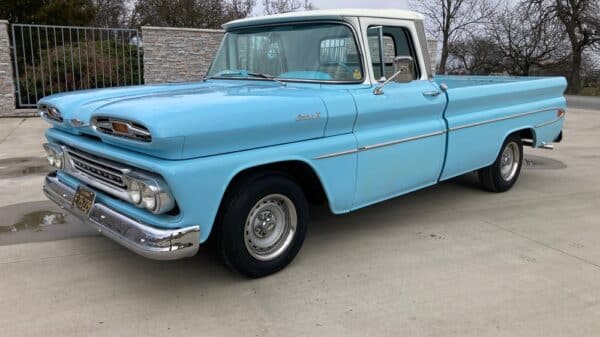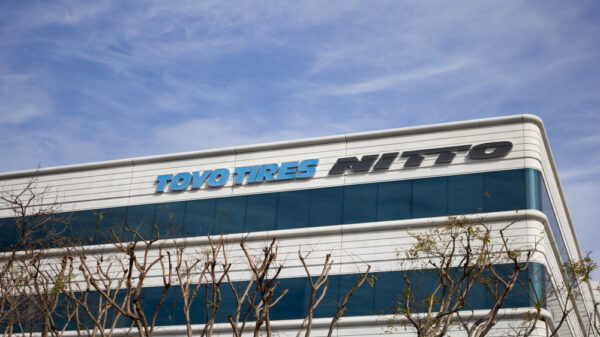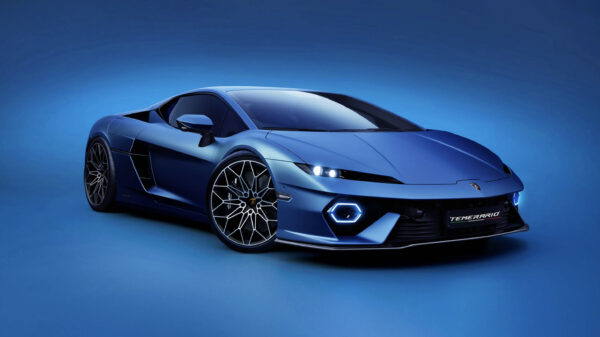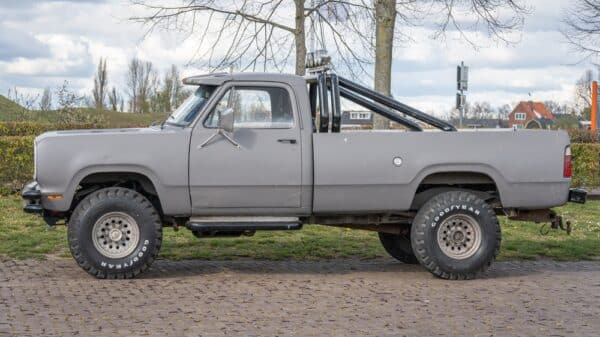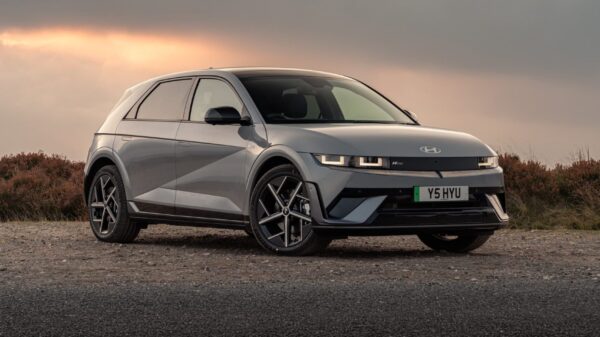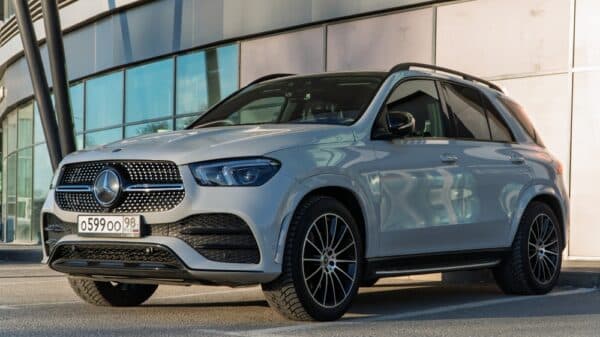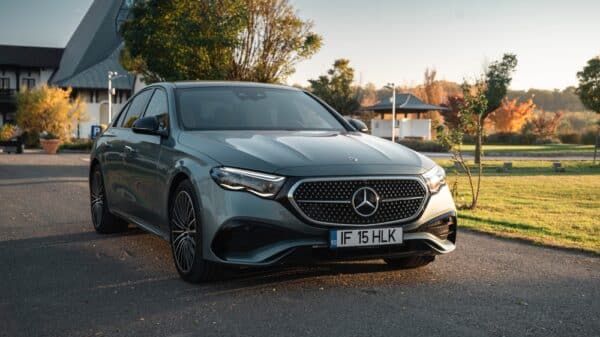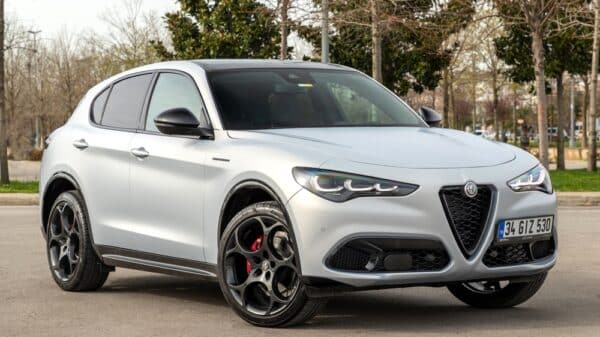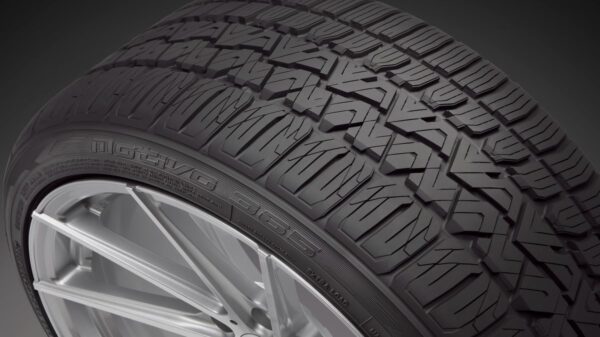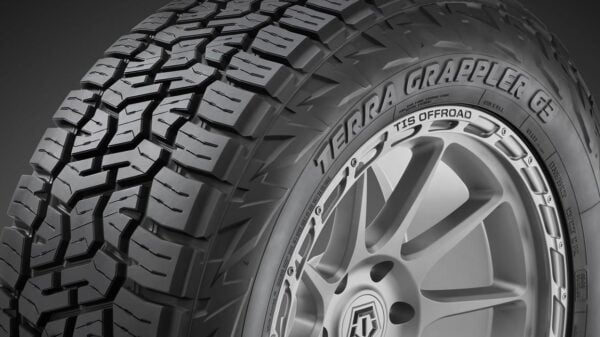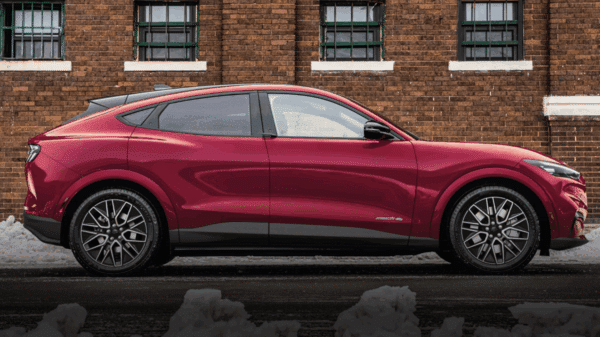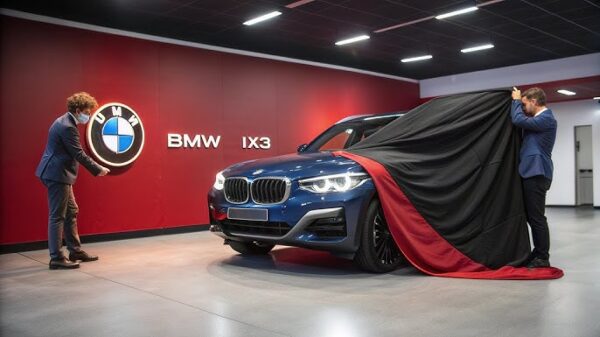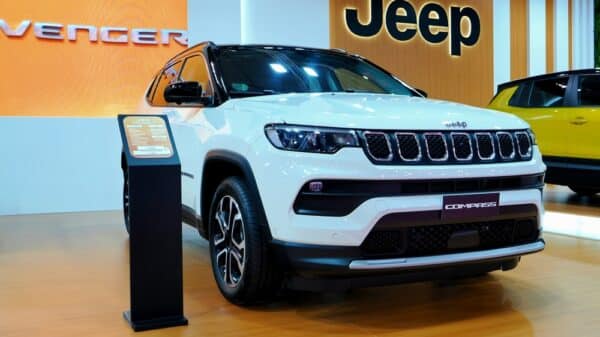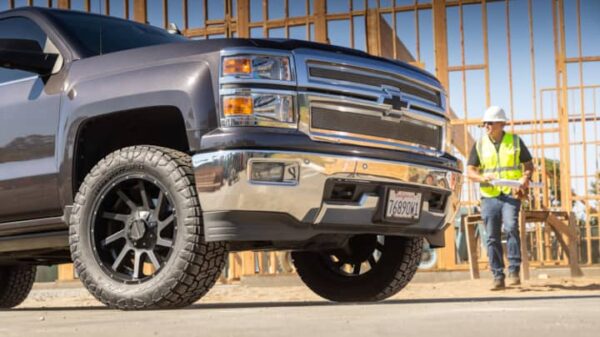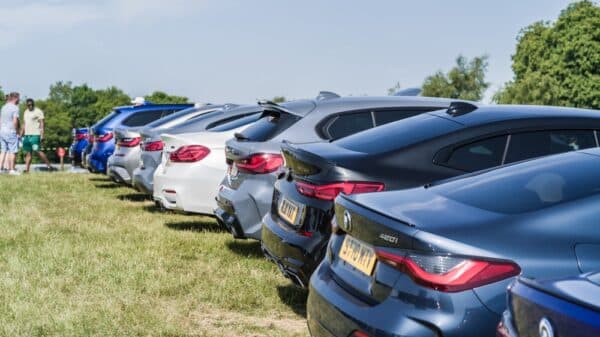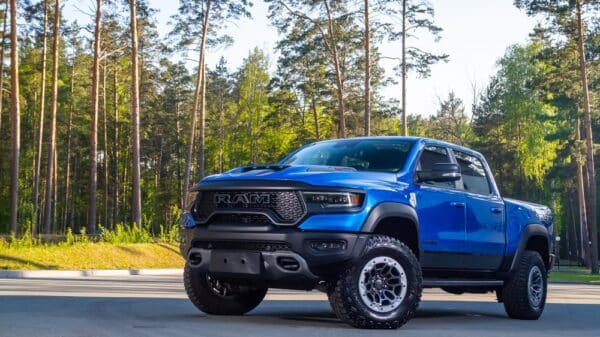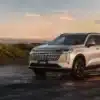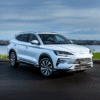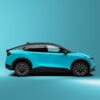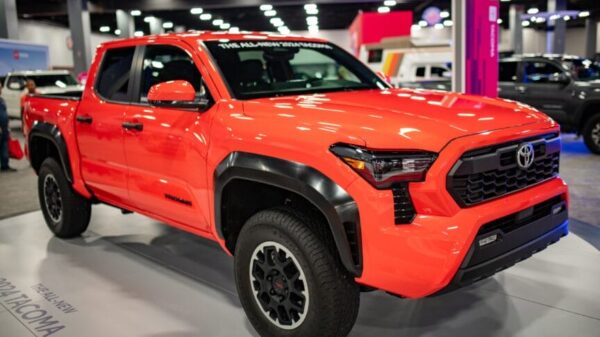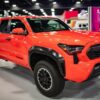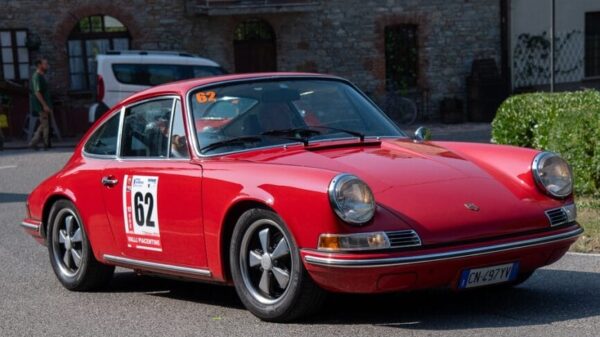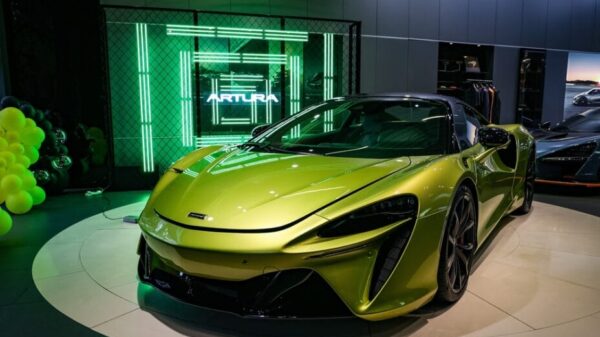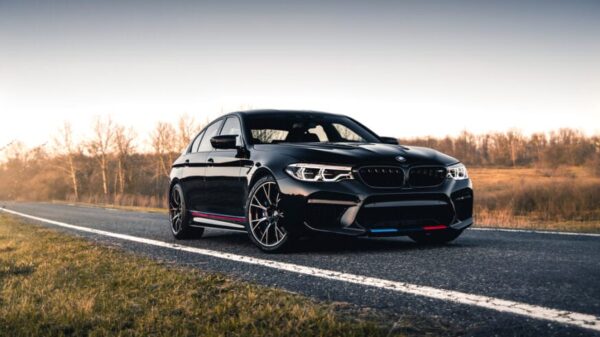Toyota has made significant strides in the electric vehicle (EV) arena, and last week’s announcements signal a commitment to evolving its presence in this rapidly changing market. At Toyota’s North American headquarters in Texas, I had the opportunity to explore their latest offerings: the revamped bZ4x, the brand-new C-HR, and the rugged bZ Woodland. Seeing these vehicles up close, it’s clear that Toyota’s electric lineup is finally carving out its place in a competitive landscape.
Let’s begin with the updated bZ4x. While it may not be a game-changer, it’s certainly no longer playing it safe. This vehicle signifies Toyota’s determination to compete in the hot electric crossover market. Gone are the days of mediocrity; the 2026 bZ marks a solid evolution that embraces technology and modern design.
One of the most exciting changes is in the naming—Toyota has eliminated the confusing alphanumeric designation, simply opting for “bZ,” which stands for “beyond zero,” emphasizing its commitment to reducing carbon emissions. This shift reflects a commitment not just to branding, but also to the broader goal of sustainability.
In terms of performance, the new bZ4x boasts enhancements across the board—more range, greater power, and richer features. The upgraded battery, combined with new tech and design tweaks, makes this car feel less like a rental and more like a prized possession you’re eager to drive every day. Although my initial review was based on a static showcase, the changes are promising.
In terms of aesthetics, the bZ4x has received thoughtful redesigns. The previous model had a busy, almost chaotic look; however, with subtle alterations, Toyota now delivers a more refined and confident design. The cleaner front end, which features an elegant flat grille and bold LED light configuration, captures the eye without overwhelming it. Effects like body-colored fenders replace the earlier rugged black cladding, enhancing the vehicle’s overall appeal without trying too hard.
Step inside and you’ll notice a shift towards a more premium, minimalist vibe. The clutter of buttons is mostly gone, replaced by a sizable 14-inch central touch screen that centralizes vehicle functions. While I did notice some minor obstructions in my preferred driving position—specifically with the steering wheel partially blocking the gauge cluster—overall, the feel is decidedly upscale. Toyota has embraced soft-touch materials and a more open, airy dashboard layout that enhances the driving experience.
When it comes to functionality, the bZ offers two battery options to suit different lifestyles: a 57.7 kWh pack provides an estimated range of 236 miles, while the larger 74.7 kWh battery offers up to an impressive 314 miles on the top front-wheel-drive model, with a respectable 288 miles for all-wheel drive—a notable consideration for road trips. Additionally, the bZ now features a Tesla-style NACS charging port, signaling that it’s ready for those longer journeys, making it a more appealing choice for EV enthusiasts.
Despite these improvements, there are still areas where the bZ may lag behind competitors. The absence of a frunk is noticeable, and its 400-volt architecture may seem old-fashioned amidst a growing shift towards 800-volt systems, which afford quicker charging times. It’s worth noting that the bZ still utilizes the e-TNGA platform, which is a modified version of Toyota’s existing gas and hybrid platform. This is not the same as the fully software-driven experience you find in brands like Tesla, but it’s a step in the right direction.
Many traditional automakers face similar challenges in this transition, and it’s encouraging to see Toyota actively make strides toward a more innovative future. The consumer base has long awaited genuine offerings from Toyota, and this revamped lineup appears ready to meet those expectations.
Skepticism might still linger; however, the bZ4X has demonstrated commendable sales despite its earlier shortcomings. With its 2026 updates, it may finally deliver what loyal Toyota fans have craved: an authentic EV that seamlessly fits into their everyday lives. While it might not revolutionize the industry overnight, for countless individuals already driving Toyota hybrids and plug-in hybrids, the bZ represents an exciting and convenient next step in their vehicle journey.
Image Source: hendra yuwana / Shutterstock


